Pityopsis graminifolia
(Narrowleaf Silkgrass)
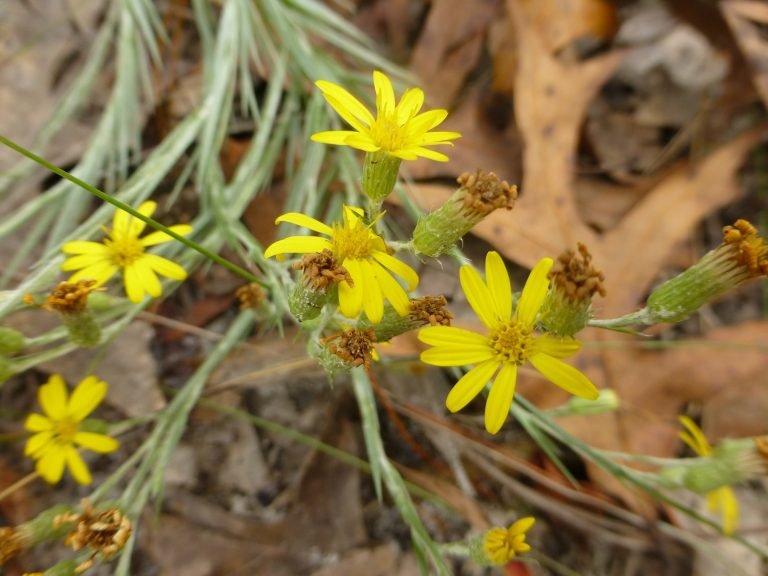
Common Names, Latin Name, and Family
Its common names are narrowleaf silkgrass and narrowleaf aster.
Its Latin name is Pityopsis graminifolia.
It is found in the Asteraceae, or aster, family.
Form
A perennial wildflower that grows to a height of about two feet.
In shady areas it has a tendency to fall over and grow laterally.
Leaves
Narrowleaf silkgrass’s leaves are alternate, linear with entire margins.
Silvery-gray hairs give the leaves a silvery appearance.
Leaves on the upper stems are shorter and more narrow than the lower leaves.
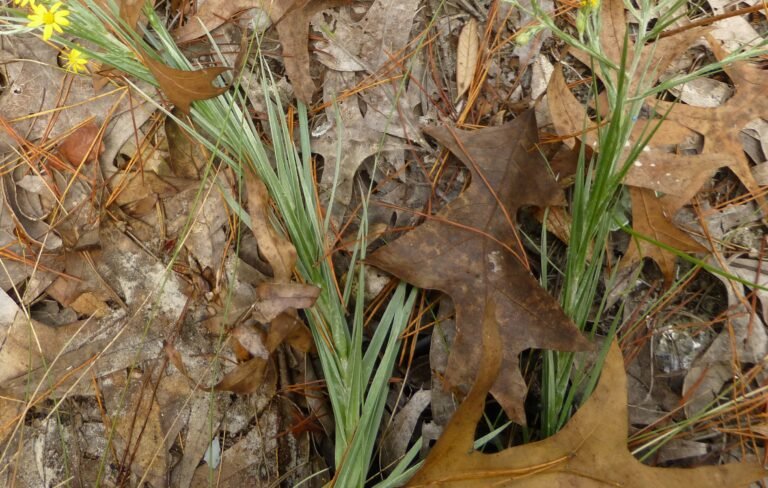
Flowers
Bright yellow flowers appear in the spring, summer and fall.
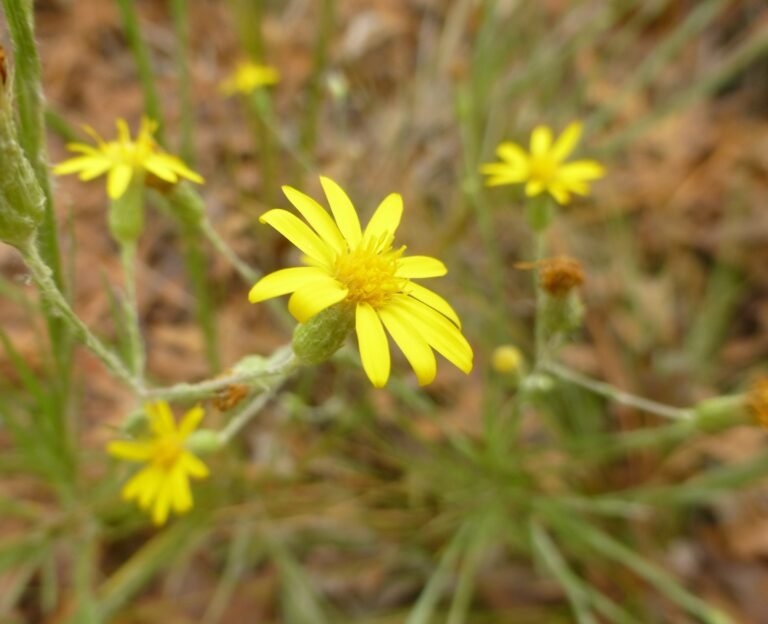
Fruit / Seeds
Once pollinated the seeds form and make a round fluffy head. Each little brown seed has a fluffy pappus at the end of the seed which allows it to get caught, and carried, by the wind.
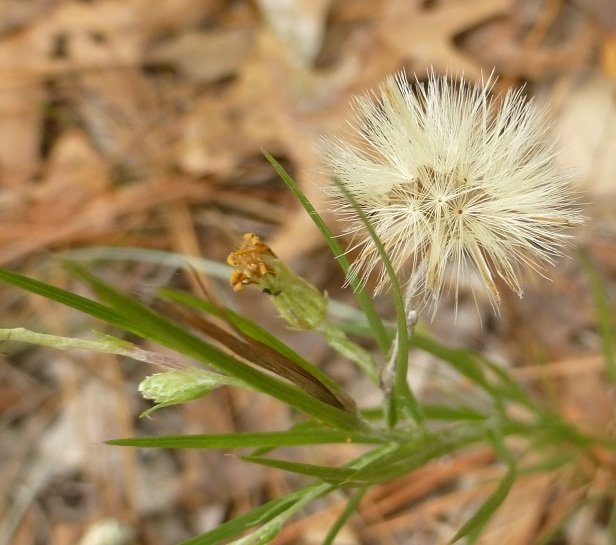
Habitat
It occurs naturally in pinelands and open hammocks.
Native Range
It is found naturally occurring throughout the entire state of Florida.
Native to AL, AR, DE, FL, GA, KY, LA, MD, MS, NC, OH, OK, SC, TN, TX, VA, and WV.
Grows in zones 6a to 9b.
Landscape Use
In the home landscape it grows in part shade to full sun with average to dry soil moisture.
It can be planted in very dry sites, and partially shady sites and will be maintenance free once established.
It works well mixed in with other wildflowers in natural areas.
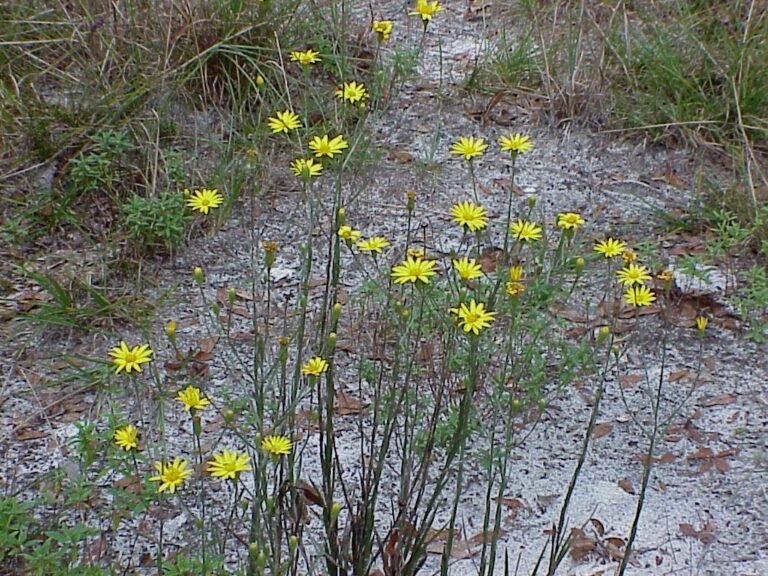
Wildlife Use
Bees and butterflies use the flowers as a nectar source.
The tiny seeds may be eaten by small songbirds and mammals.
Propagation
It can be grown from seed and transplants.
The seeds need cold stratification for 2-3 months.
Plants can be transplanted at just about any size as long as you remove flower stalks and seed stalks to let the plant use its energy to recover from the shock of transplanting.
